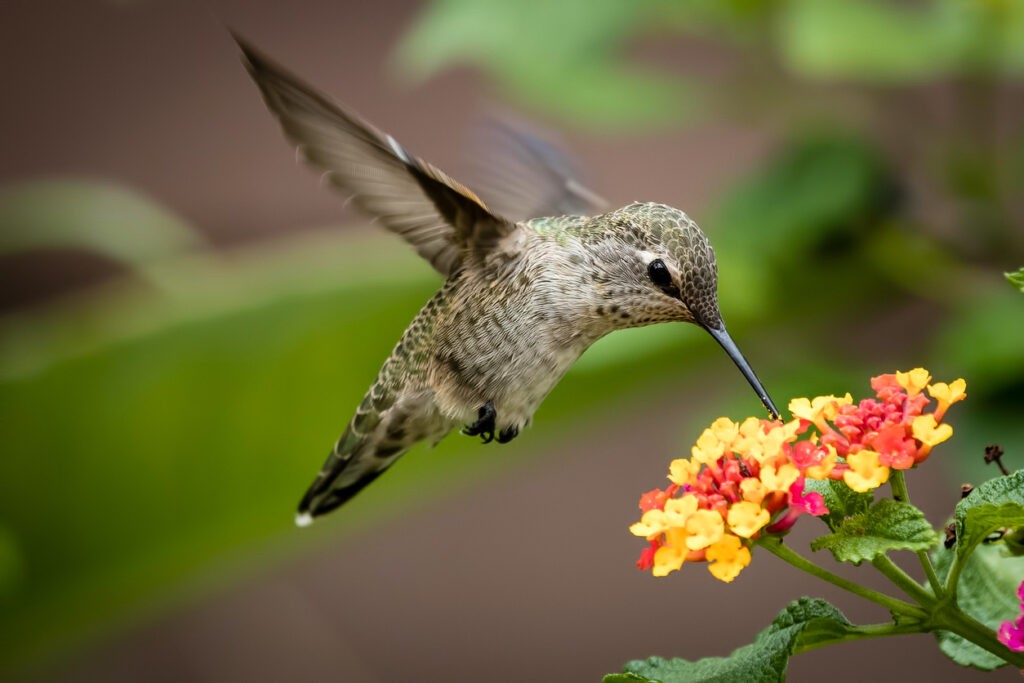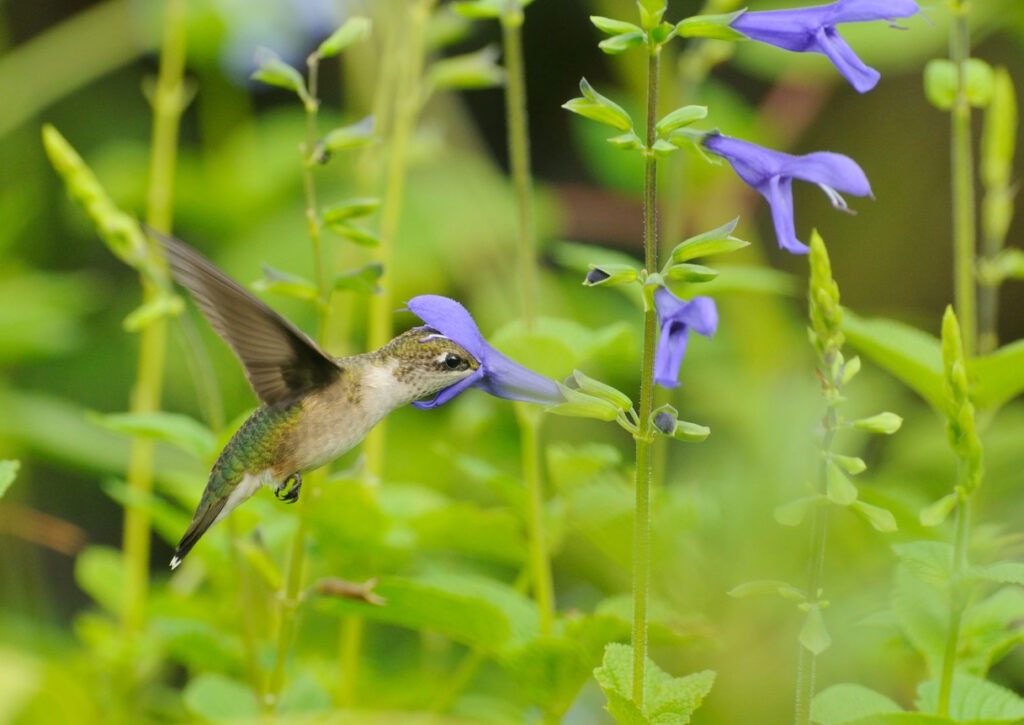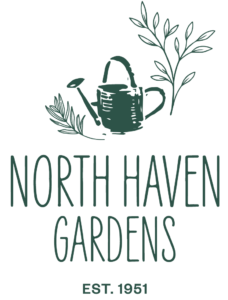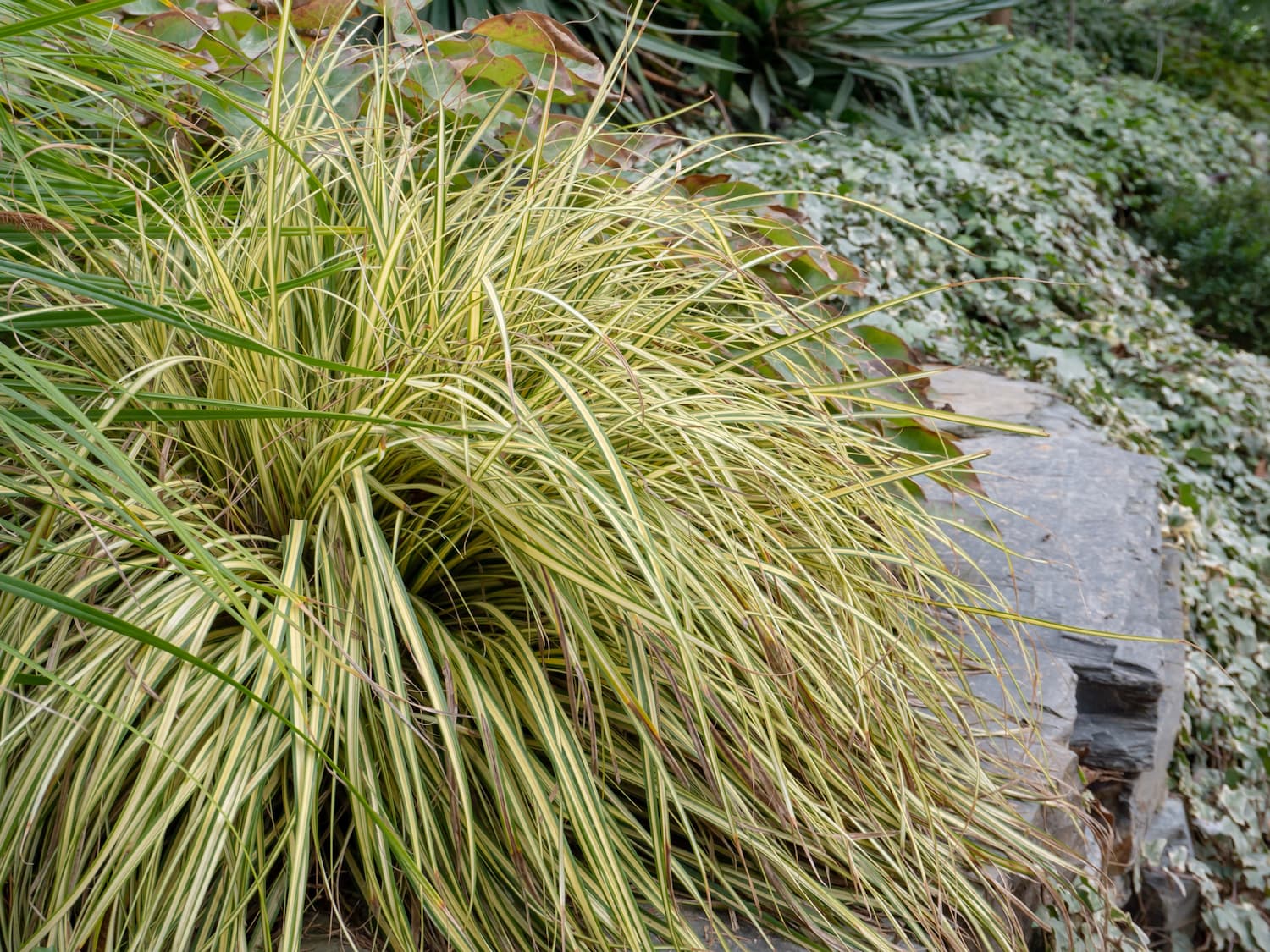Updated:February28,2024 Here at NHG, we know you love pretty blooms that are easy to plant,…
Hummingbirds are here. Are you helping?
Hummingbirds are true miracles of nature, with hearts that can beat over 1,200 times per minute and wings that can flap 15-80 times per second. Sound exhausting? It is, and they need plenty of sustenance to keep up that pace. While some species remain in Texas during the year, they’re more commonly seen during the spring and fall migrations, and the latter of these is widely underway now in north Texas. Here’s how you can help them.
Nectar rich plants: it’s the number one thing anyone can do—whether or not you identify as a gardener. Work more blooming plants into your landscape, and you’re helping. Yes, natives are great, and yes, they love red flowers and tubular flowers—but if the flowers are there, they’ll figure it out. Three favorites:

Desert willow, Chilopsis linearis—a Texas native that forms a large, airy shrub or small tree, the numerous, tubular blossoms have proven to be a favorite among local hummingbirds.

Lantana, both native and hybrids—we’re referring to the tough, shrubby varieties with brilliantly-colored flowers such as Texas Lantana (L. horrida), or hybrids such as ‘Dallas Red’ and ‘New Gold.’ They’re a favorite of nectar-loving pollinators and hummingbirds alike.

Salvias—there’s a huge array of both native and hybrid, perennial and annual Salvias, but all of them make excellent nectar sources for pollinators and hummingbirds.
Got a feeder? If you do, note that they’re best employed as a supplement to your nectar-rich plants, and the number one rule of thumb is CLEANLINESS. Would you want a hot, syrupy glass of sweet tea that had been sitting in the sun for several days? Yuck. Use only true cane sugar (not honey) and keep it fresh daily, or at least every other day. Pro tip: you don’t have to fill the feeder full every time—add a cup of fresh sugar water and see how much your hummingbirds use as they find it. Oh, and keep it simple–no dyes or colorings are advised.
Want more tips? See more from Texas Audubon Society here and check with other local, professional groups dedicated to these amazing birds.


